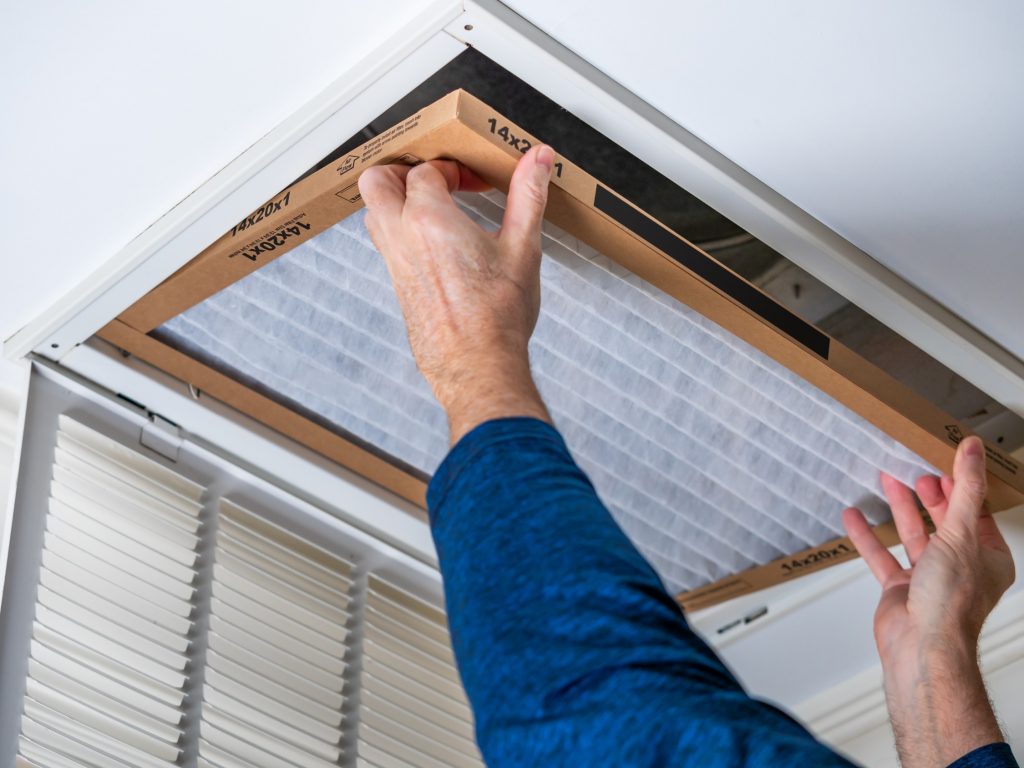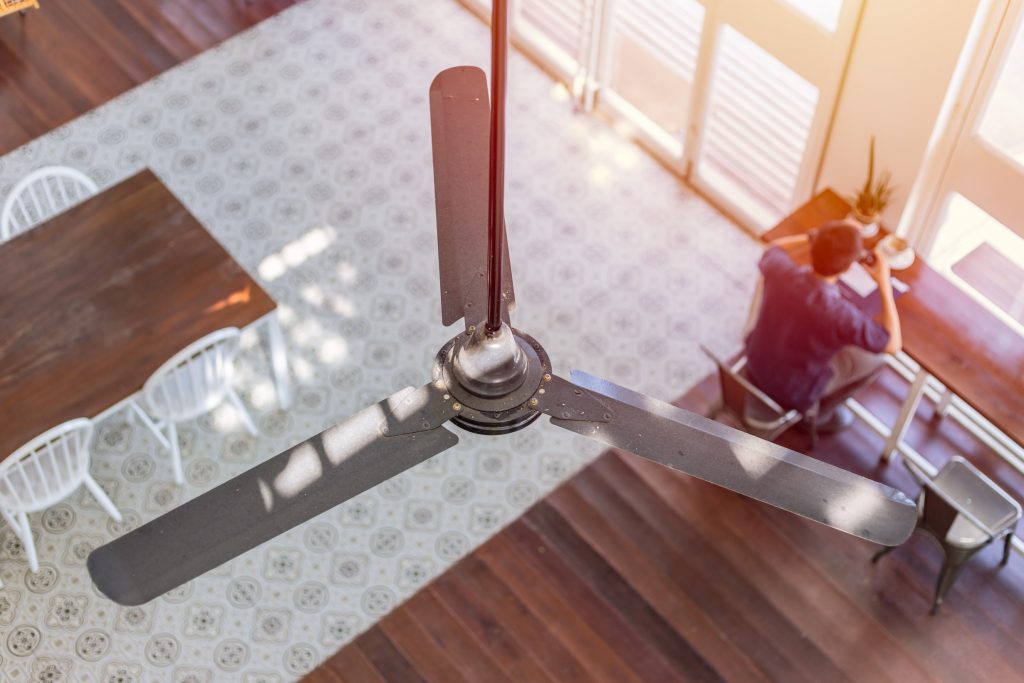How a Rainy Night and Beyoncé Kept DC Metro Running
August 9, 2023
In the captivating world of music and entertainment, artists wield a unique power that extends beyond the boundaries of the stage, leaving an indelible mark on the hearts and minds…

As the United States faces hotter-than-average summers with potential record-breaking heat waves in several states, most individuals will prioritize staying cool. And as the temperatures rise and humidity increases, it’s common for people to adjust their thermostats accordingly.
Unfortunately, even if you try to save money by reducing your energy usage, you may still face high utility bills during the summer due to the high electricity and energy prices.
Here is where implementing changes to reduce energy consumption becomes crucial, as it can help alleviate the financial strain caused by these elevated prices.
Simple adjustments like unplugging idle appliances, modifying laundry practices, utilizing energy-efficient cooking appliances, and setting the thermostat to an optimal temperature can save money while enhancing home efficiency.
Several electric companies provide audits, conducting thorough room-by-room assessments of your residence and analyzing your electricity bills to identify energy wastage areas. By following their recommendations, you can effectively lower your electric bill.
Alternatively, suppose your electric company does not offer such a service. In that case, you can conduct a do-it-yourself home energy audit using the instructions provided by the US Department of Energy.
Regular maintenance is essential to ensure the optimal performance of an air conditioning unit. An efficient air conditioner requires regular cleaning of its filters, coils, and fins. The crucial aspect of maintenance that guarantees optimal performance is the frequent replacement or cleaning of the filters.
When filters become clogged and dirty, they hinder normal airflow and decrease the system’s efficiency. Dirt and debris can obstruct airflow and potentially damage the evaporator. Study shows that replacing a dirty and clogged filter with a clean one can reduce your AC’s energy consumption by 5% to 15%.

You can lower your electricity bill by simply adjusting your thermostat. According to the Department of Energy, modifying your thermostat by 7 to 10 degrees for 8 hours daily lets you save up to 10% on your heating and cooling expenses.
This modification means keeping it slightly warmer in the summer and cooler in the winter.
A convenient approach is to adjust your thermostat when you are asleep or away from home. And if you own a smart thermostat, you can preprogram it to automatically adjust during these periods, ensuring you will remember to make the changes.
Leaving appliances plugged in and turned on when not in use raises your electric bill. You can turn off lights in unoccupied rooms or during daylight hours when natural light is sufficient to begin reducing costs.
On average, a 40-watt lightbulb consumes 4 cents per hour (although actual rates may vary). This cost increases with higher-wattage bulbs. Although seemingly small, these expenses can accumulate over time.
Additionally, unplugging unused appliances can lead to savings. Phantom energy, the power consumed by appliances when plugged in but not in use, can amount to approximately $200 yearly.
Search for any cracks or openings in windows and doors through which air can escape and seal these areas. Addressing air leaks in your home lets you enhance insulation, ensuring that cool air remains inside while keeping hot air out.
Identifying and sealing air leaks around your home can result in incredible annual savings on heating and cooling expenses. Furthermore, there may be opportunities to receive financial assistance for insulating your home.
Consider using a ceiling fan instead of relying on an air conditioning unit. Ceiling fans consume less energy than AC units, making them cost-effective. Using a fan can prevent excessive expenses associated with running the AC.
When the temperature increases, using a fan alone may not provide sufficient cooling. In such cases, combining a fan with your air conditioning system is advisable. This combination helps to improve the airflow within the room, ultimately creating a more comfortable environment.

Water heater manufacturers often set the thermostats at a high temperature of 140 degrees Fahrenheit (60°C). However, a maximum temperature of 120°F is more than enough for most households. The good news is that you can save significant money by adjusting your water heater to a lower temperature.
Not only does lowering the temperature contribute to energy conservation, but it also eliminates the need for scalding hot showers during the summer months. Additionally, adjusting your water heater’s temperature is a straightforward solution, as you can easily access the thermostat dial near the bottom of the tank on the electric or gas control valve.
It’s essential to consult the owner’s manual for specific temperature adjustment instructions. If you have any concerns or queries, you should seek assistance from a professional technician. These professionals can provide expert guidance and ensure the proper adjustment of your water heater.
Electricity consumption levels fluctuate throughout the day and year, with higher demand observed during specific periods. Notably, demand rises during winter and summer when heating and air conditioning systems are in use.
Additionally, electricity usage tends to be higher than usual during daytime and evening hours.
Certain electricity providers offer time-of-use plans, with higher rates during peak hours and lower during off-peak hours. With such a plan, you can reduce costs by operating large appliances such as dishwashers and washing machines during early morning or late-night hours. The lower rates during off-peak periods help you decrease your electricity bill.
If you live in an area where temperatures cool down at night, a simple way to save energy and reduce expenses is to turn off your cooling system and open the windows. Doing this allows cool air to enter your home while letting out the hot air.
Also, utilizing window treatments enhances your home decor and contributes to energy conservation. Selecting suitable window treatments can shield your house from excessive heat during the summer.
There are two choices available: blinds and drapes. You can minimize heat gain by closing the blinds over a sun-exposed window. Likewise, during hot summer days, closing draperies on windows exposed to sunlight prevents heat accumulation, with drapes reducing heat gain by 33%.

Replace incandescent light bulbs in your house with energy-efficient LED bulbs whenever possible. Unlike incandescent bulbs that emit 90 percent of their energy as heat, LEDs convert a significant portion of that energy into light.
Moreover, LEDs have a longer lifespan, lasting around 25,000 hours compared to just 1,200 hours for incandescent bulbs. As you can see, not only do LEDs offer durability, but they are also more cost-effective.
Therefore, you can save on energy expenses by switching to LED bulbs or compact fluorescent. Additionally, this transition helps reduce the time your air conditioner needs to operate, resulting in further energy savings.
In the scorching summer heat, keeping your electric bill in check is innovative and wallet-friendly. You can enjoy a comfortable and cool summer without breaking the bank by implementing the above strategies and making energy-conscious choices.
Therefore, stay calm, save money, and savor every moment of this summer with your newfound energy-saving tips!